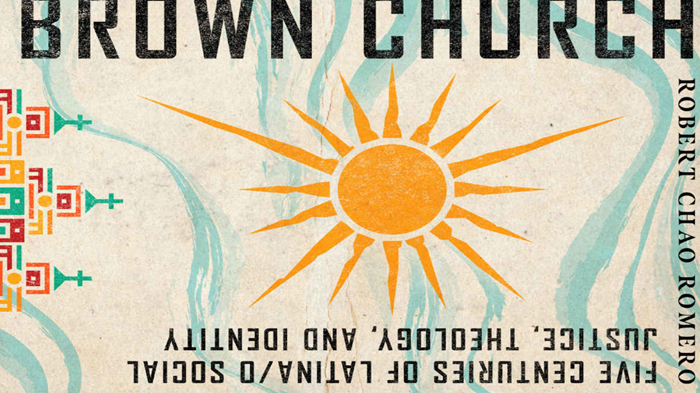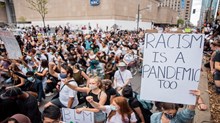Holistic Mission in the Brown Church

Perhaps the biggest takeaway for me of the compelling book by Robert Chao Romero – The Brown Church – is how prescient it was. It anticipated in the Reformation’s days much of what today is considered “holistic” mission, the connection of personal, vertical redemption with horizontal reconciliations. The Brown Church has been ignored far too often, its themes swiped, and its vitality overlooked.
It’s often called – and for some dismissed – as “liberation” theology. When it becomes nothing more than social activism with little regard for the vertical redemption, Yes, it receives criticism, but what Romero does in this book is to show how integral mission is seen among many Latino/Latina theologials (misión integral).
One can begin here with the famous event in 1968 in Medellín Colombia with the bishops formulating liberation theology’s central themes: extreme economic inequalities, lack of educational opportunity, sexism, poverty, and middle class diminishments. The options wavered then between capitalism’s profit economy and socialism’s centralized economy.
The bishops believed the church was complicit and could no longer stand still; it must become active for the sake of the gospel itself.
One of its taglines was the “preferential option for the poor,” which can be expressed as God’s gracious love for all, especially the marginalized and exploited poor. The famous theologian for this was Gustavo Gutiérrez and his major book A Theology of Liberation. (This is my favorite liberation theology reading.)
Poverty is a scandal for the church. Poverty is second only to idolatry in concerns in the Bible. I learned in this chp that Augustine quoted Matt 25:31-46 275x in his works (or more), and the verse about “what you did for me” the verse that moved him most.
To work out the Medellín statement Base Communities were established and this was manifested in local, lay-led Bible studies and activist groups, by pastors working on these themes for the churches and institutions, and professional scholars producing books and writings and conferences to extend the central themes of liberation.
Its themes, besides preferential option for the poor, were orthopraxis and kingdom of God. But Romero is quick to point out that the image of Jesus needed to be balanced: not a Santa Claus Jesus of grace, not a middle class Jesus of status quo, and not a Che Guevara Christ but a fully rounded Christ.
Which leads him to the holistic gospel of the Latin American evangelicos and their misíon integral (MI).
The Bible’s mission is theocentric, bibliocentric, christocentric and pneumacentric. (Trinitarian) These theologians wanted the justice without losing central themes, so they thought at times the liberationists were too Marxist, to much into revolution, to loose on Scripture, and didn’t want the gospel reduced to political, sociological and economic terms. They wanted a holistic gospel for MI.
Two main leaders were/are René Padilla and Samuel Escobar.
Major moment for me: John Stott’s own fight with Billy Graham in Lausanne was over a both-and with Billy wanting far more a first-first evangelism, but Stott himself seems to have ignored the Latin American evangelical holistic mission and culturally appropriated it.
One of the keys was to distinguish gospel work from the Anglo-Saxon’s cultural hegemony of the gospel. The Euro-centricity of theme and status quo. This was challenged not only at Medillín but also by the evangelicos at Cochabamba Bolivia in 1958.
The gospel is both vertial and horizontal.
Jesus Creed is a part of CT's
Blog Forum. Support the work of CT.
Subscribe and get one year free.
The views of the blogger do not necessarily reflect those of Christianity Today.




















